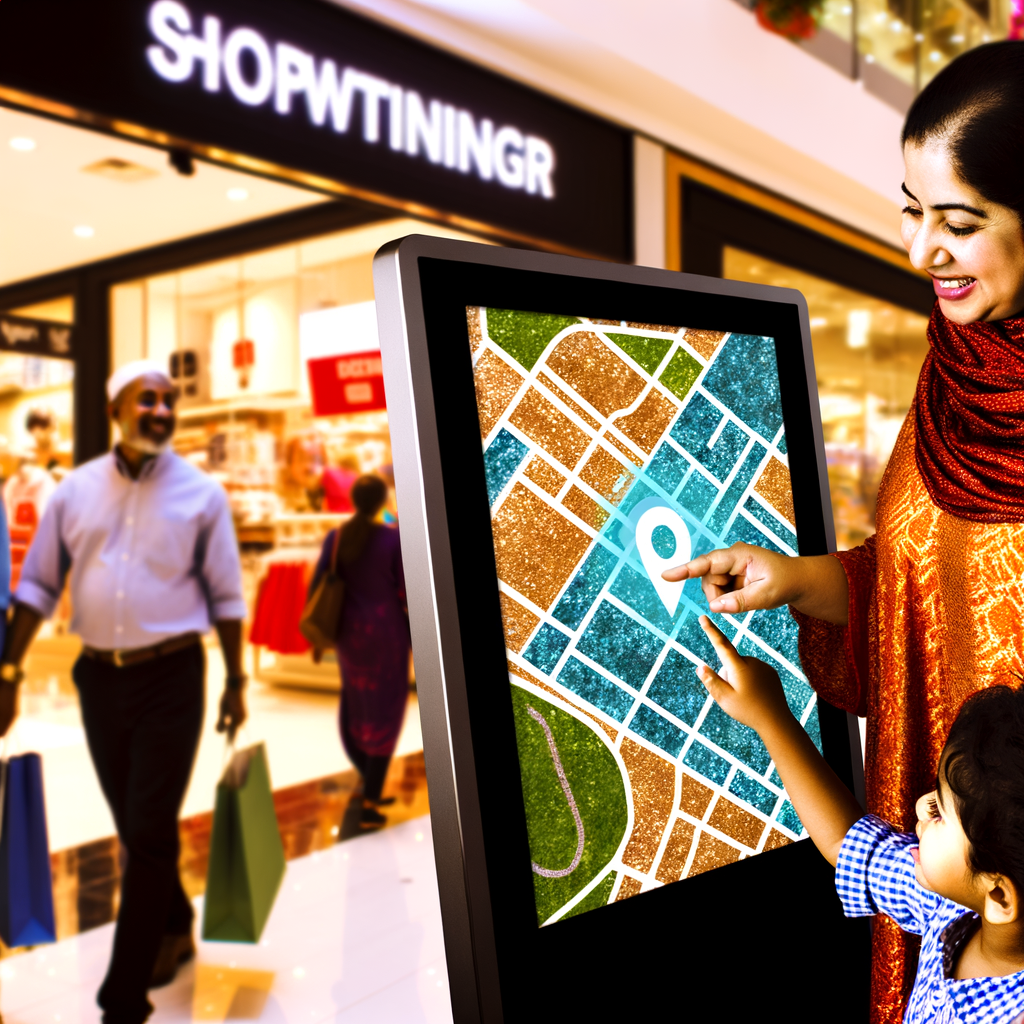As the VP of Sales at Finimaps, I’m excited to delve into how smart maps are revolutionizing the retail industry, particularly from the perspective of eSignage companies, electronic kiosk purveyors, shopping plaza owners, and mall managers. This is not just a technological leap; it’s a transformation that’s reshaping how customers interact with retail environments, ultimately benefiting every stakeholder involved.
Let’s start by considering the challenges you often face. During peak shopping hours, your mall becomes a bustling hive, sometimes leading to a chaotic experience for shoppers. Likewise, for those managing electronic kiosks and digital signage, the key challenge often lies in providing practical, real-time updates that genuinely assist customers rather than disconfigure into an advertising free-for-all. Smart maps redefine these spaces, acting as omnipresent guides that are easily accessible and always updated. This isn’t merely convenience; it’s an elevated customer experience that blends seamlessly with today’s digital habits.
For owners and managers, smart maps mean more efficient operations. Instead of static, unyielding ways of displaying directions, these maps allow dynamic adjustments. Knowing which stores are currently exhibiting special offers or which areas are less crowded can help smoothly distribute foot traffic, preventing certain aisles from becoming pressure points or overcrowded. Such real-time data integration doesn’t just enhance the shopping journey; it actively reduces bottlenecks, facilitating a more pleasant, engaging space for your patrons.
Now, let’s talk about customer experience, the lifeblood of retail. For eSignage and electronic kiosk companies, increased interactivity means smarter and more engaging content. With smart maps, signage becomes a two-way communication tool, offering location-based promotions and personalized offers based on users’ locations within the mall. Imagine the delight of a shopper who, after idly exploring an aisle, receives a targeted promotion based on the section they are currently browsing. Suddenly, the entire shopping environment feels personal, and customers no longer view the mall as a mere collection of stores but as an experience they want to explore again and again.
There’s also a profound implication for how stores within the mall interact with customers. Stores can integrate their promotional campaigns directly with smart maps, allowing for a more cohesive message that appeals to the walk-in customer. For young and tech-savvy customers, this kind of integrated experience taps directly into their expectations for modern shopping. It’s a powerful tool that elevates marketing strategies to new heights, converging digital engagement with physical presence in a manner that’s appealing and effective.
And for mall managers, let’s not overlook the operational efficiency gains. Smart maps provide actionable insights into visitor patterns and behavior, delivering crucial data that can inform both long-term strategy and immediate resource allocation. Whether it’s adjusting staffing levels during busy periods or identifying under-utilized areas that may present new leasing opportunities, the advantages of having such data at your fingertips are tremendous.
In summary, embracing smart maps in retail is about far more than just modernization—it’s about creating a smart, interconnected shopping ecosystem where every interaction is enhanced, every operational decision is informed by real data, and every visit becomes an opportunity for personalized engagement. To eSignage companies, electronic kiosk operators, plaza owners, and mall managers, it means opening the door to improved efficiency, happier patrons, and ultimately, a healthier bottom line. It’s not just the future—it’s the now, and it’s waiting for you to be a part of this exciting transformation.




